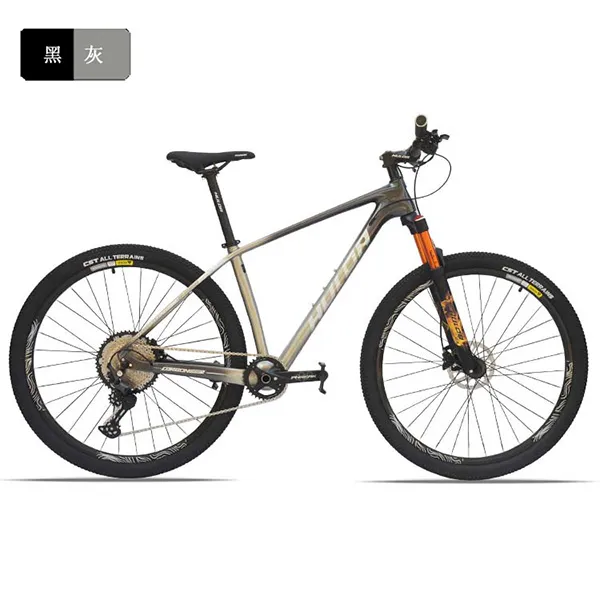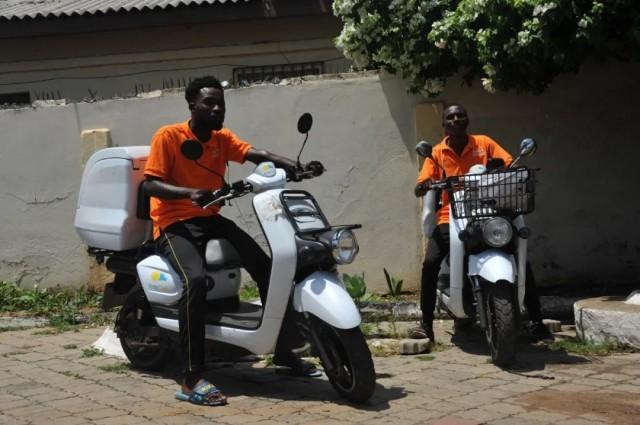
- Afrikaans
- Albanian
- Amharic
- Arabic
- Armenian
- Azerbaijani
- Basque
- Belarusian
- Bengali
- Bosnian
- Bulgarian
- Catalan
- Cebuano
- Corsican
- Croatian
- Czech
- Danish
- Dutch
- English
- Esperanto
- Estonian
- Finnish
- French
- Frisian
- Galician
- Georgian
- German
- Greek
- Gujarati
- Haitian Creole
- hausa
- hawaiian
- Hebrew
- Hindi
- Miao
- Hungarian
- Icelandic
- igbo
- Indonesian
- irish
- Italian
- Japanese
- Javanese
- Kannada
- kazakh
- Khmer
- Rwandese
- Korean
- Kurdish
- Kyrgyz
- Lao
- Latin
- Latvian
- Lithuanian
- Luxembourgish
- Macedonian
- Malgashi
- Malay
- Malayalam
- Maltese
- Maori
- Marathi
- Mongolian
- Myanmar
- Nepali
- Norwegian
- Norwegian
- Occitan
- Pashto
- Persian
- Polish
- Portuguese
- Punjabi
- Romanian
- Russian
- Samoan
- Scottish Gaelic
- Serbian
- Sesotho
- Shona
- Sindhi
- Sinhala
- Slovak
- Slovenian
- Somali
- Spanish
- Sundanese
- Swahili
- Swedish
- Tagalog
- Tajik
- Tamil
- Tatar
- Telugu
- Thai
- Turkish
- Turkmen
- Ukrainian
- Urdu
- Uighur
- Uzbek
- Vietnamese
- Welsh
- Bantu
- Yiddish
- Yoruba
- Zulu
Jan . 30, 2025 03:52 Back to list
children's bicycle trailer
Choosing the perfect children's bicycle involves more than picking a vibrant color or a famous character decal. As parents, guardians, or even enthusiastic relatives, the decision ultimately boils down to safety, durability, and the child's comfort. Having worked extensively in the industry, we understand that each child's needs are unique, making it imperative to consider several critical factors before making a purchase.
Furthermore, involve your child in the decision-making process. Taking your child to a trusted local bicycle shop allows them to test different models and provides an opportunity for staff to offer expert advice tailored to your child's specific needs and riding environment. A well-informed choice made in collaboration with the child can lead to greater enthusiasm and a sense of ownership, encouraging regular and active use. Equally important is considering the brand's reputation, warranties, and customer service as these elements contribute to the trustworthiness of your purchase. Renowned brands often have long-standing commitments to safety, quality, and customer satisfaction. Handy warranties and responsive customer service can alleviate concerns of malfunctions and the need for repairs, further ensuring peace of mind. In today's digital age, utilizing online reviews from trusted sites and forums can provide additional insights into product performance and consumer satisfaction. These platforms are invaluable in verifying the product's authority and reliability, offering user experiences from diverse demographics. In conclusion, purchasing a children's bicycle should be a well-considered decision based on accurate sizing, essential safety features, durable construction, and a high comfort level. By approaching the selection process with careful attention to these factors and involving trusted resources, parents can ensure a purchase that aligns with their child's needs and safety, ultimately cultivating a lifelong love for cycling.


Furthermore, involve your child in the decision-making process. Taking your child to a trusted local bicycle shop allows them to test different models and provides an opportunity for staff to offer expert advice tailored to your child's specific needs and riding environment. A well-informed choice made in collaboration with the child can lead to greater enthusiasm and a sense of ownership, encouraging regular and active use. Equally important is considering the brand's reputation, warranties, and customer service as these elements contribute to the trustworthiness of your purchase. Renowned brands often have long-standing commitments to safety, quality, and customer satisfaction. Handy warranties and responsive customer service can alleviate concerns of malfunctions and the need for repairs, further ensuring peace of mind. In today's digital age, utilizing online reviews from trusted sites and forums can provide additional insights into product performance and consumer satisfaction. These platforms are invaluable in verifying the product's authority and reliability, offering user experiences from diverse demographics. In conclusion, purchasing a children's bicycle should be a well-considered decision based on accurate sizing, essential safety features, durable construction, and a high comfort level. By approaching the selection process with careful attention to these factors and involving trusted resources, parents can ensure a purchase that aligns with their child's needs and safety, ultimately cultivating a lifelong love for cycling.
Next:
Latest news
-
The Ultimate Kids' Four-Wheeler Experience
NewsJul.09,2025
-
The Ultimate Guide to Mountain Bikes: Gear Up for Your Ride
NewsJul.09,2025
-
The New Age of Cycling: Electric Bikes for Every Rider
NewsJul.09,2025
-
The Best Kids Bicycles: Ride in Style and Safety
NewsJul.09,2025
-
The Best 3-Wheel Scooters for Kids: Fun, Safety, and Adventure
NewsJul.09,2025
-
Revolutionize Your Ride: Affordable Electric Bikes
NewsJul.09,2025
-
Finding the Perfect Mountain Bike for Every Rider
NewsJul.09,2025



